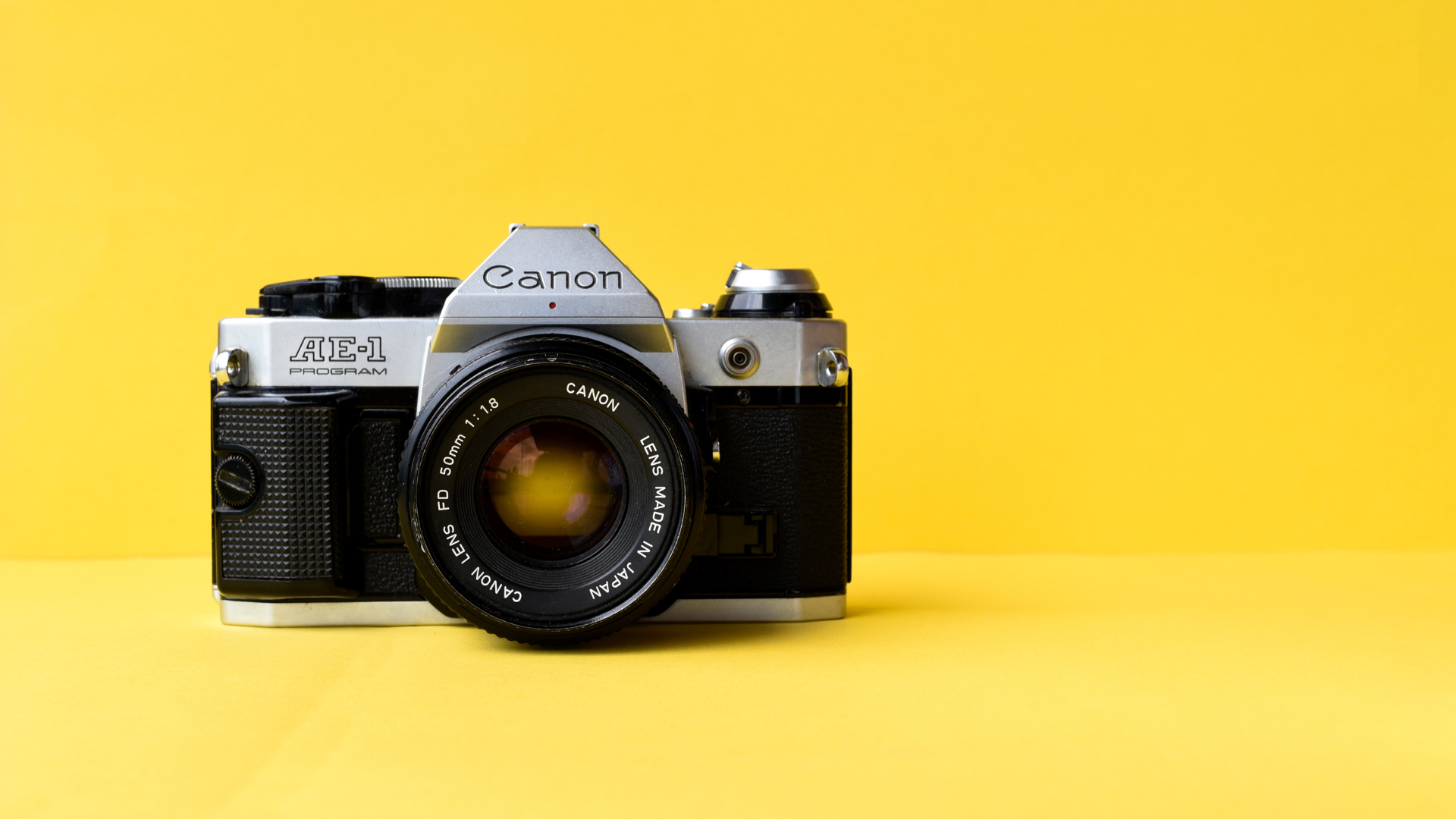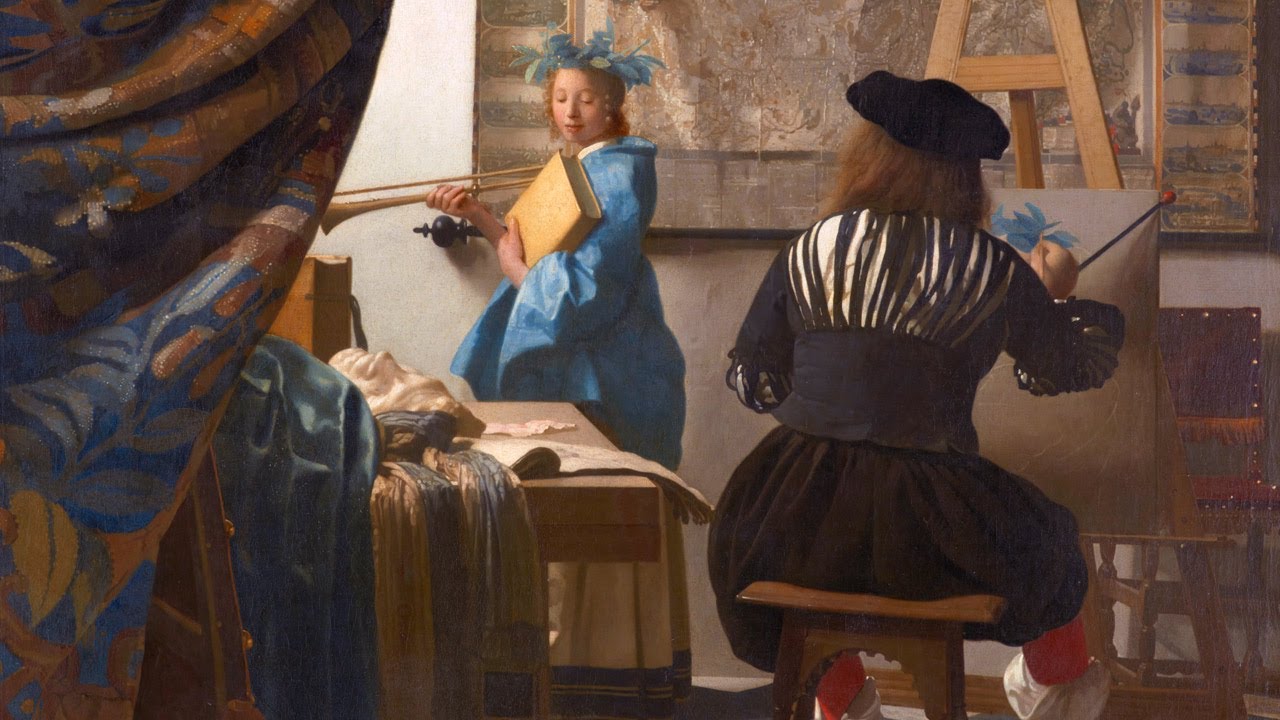What constitutes good art? Is it simply what the viewer considers it? Is it a matter of taste and what one person enjoys, another may not? Some suspect that art is in the eye of the beholder, that what is a good artist to one person may not be a good artist to another. As an artist, I adhere to the idea that creating art is subjective; one person’s creation may be appreciated by another, but that isn’t to say that it’s appreciated by everyone equally.
We’re living in a world that’s brimming with screens. Cell phones are loaded with cameras, computers have boxes full of monitors, and television screens are pretty much everywhere you look. So much information is being thrown at us every day; it’s easy to forget how to take it all in. But some things could definitely be missed. One such thing is art. Art acts as a means to view the world from a different perspective, and without art, we’d have no means of appreciating the complicated, beautiful world around us. But, creating good art is not an easy task.
When most people think of art, they automatically think of a painting, a sculpture, or a drawing. But art comes in many other forms. Many experts define art as anything that has been created with the intention of evoking a feeling, and while that is a broad definition, it works. For example, good art helps one see things differently and appreciate life more. Good art, or art that is meant to create emotional responses, is subjective. There are also different art categories, from representational art, abstract art, and impressionistic art—and each has a different purpose.
What Do We Mean by Good Art?
“Good art” is one of those terms that seems like it’s defined but isn’t. By definition, “good” means “of high quality.” But “high quality” is a subjective concept. We may all have different definitions of what qualifies as “good” art, and indeed, quality can differ from one person to the next. One person may like abstract art while another may not. Nonetheless, when someone talks about “good art,” it’s usually in reference to a style of painting or sculpture. So, if art is defined as “a creative or imaginative work involving form, line, color, or texture,” and what makes a painting or sculpture “good” is subjective, then what makes a painting “bad” is subjective as well.
Art appreciation has always been subjective. Artists and critics alike have argued over art’s value for centuries. (Not to mention the numerous great artists who’ve tragically died penniless.) But recently, art appreciation has gotten complicated. A growing number of artists have embraced the idea of “good art”—good in the sense that it’s good for business. And the business side of the art game is getting more complex.
Art is a subjective thing. Some art is garbage, while other art is profound and beautiful. But art isn’t all about flavor, texture, and color. It’s also about trying to capture emotions and convey ideas through a medium. Art is difficult because most people don’t understand it. People think “good art” is subjective. But is it really?
“Good art” is subjective by definition. This has got to be one of the most universally agreed-upon observations of humankind. There are no final criteria that can be applied and agreed upon by all human beings, so how can we possibly have a universal standard by which to judge art? The short answer: we can’t. But there are some things we can agree on, at least in terms of personal style.
For many people, it’s common to call something “good art” because it seeks to evoke emotion or interest. Artwork is often seen as a reflection of its creator, a projection of their innermost thoughts and feelings. While that may be true for some artworks, for others, it’s more about the emotional response, not the creative thought process.
There are different kinds of art and different kinds of artists. For some, art is self-expression, while for others, it is a way to make a living. Art can even be done for purely vocational reasons, through which people make a living by creating art. However, whether you see your art as a creative outlet, or as a way to make a living, creating “good art” is subjective.
As a creative person, whether you’re an artist, a writer, a musician, or a designer, you likely already know how difficult it is to “market” yourself. You are an expert at your work, but that same talent—the amazing skill set you possess—is what seems to give others pause regarding whether you’re a good fit for them. You work wonders for the people who hire you, but it’s hard to prove how amazing you are.



